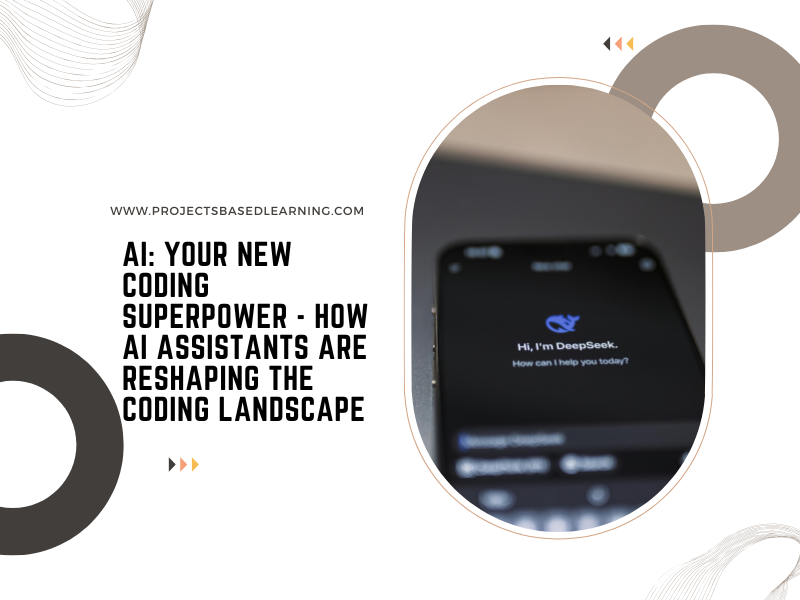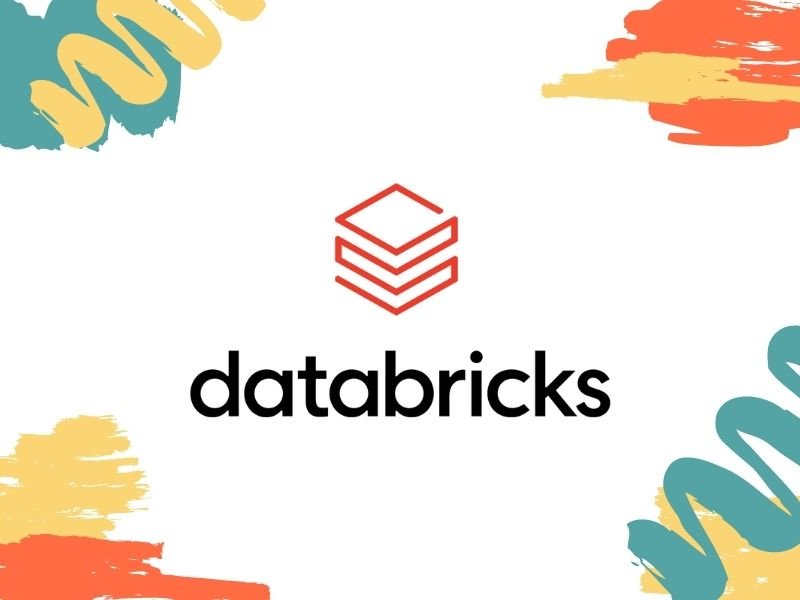The world of coding is undergoing a seismic shift, and at the heart of it lies artificial intelligence. AI-powered coding tools are no longer a futuristic fantasy; they’re a present-day reality, fundamentally changing how we approach software development, from seasoned professionals to complete beginners. Let’s delve into this exciting evolution and explore how AI is becoming an indispensable partner in the coding journey.
Today’s AI Coding Assistants: Your Intelligent Collaborators
Imagine having a coding buddy who can instantly understand your project goals and offer intelligent suggestions and code snippets. That’s essentially what modern AI coding assistants are. These sophisticated tools, like GitHub Copilot, Amazon CodeWhisperer, and others, are transforming the coding process in remarkable ways:
- Code Generation from Descriptions: Simply describe what you want to achieve, and the AI can generate the corresponding code. It’s like having a translator for your ideas.
- Intelligent Error Detection and Fixing: AI can scan your code, pinpoint errors you might have missed, and even suggest fixes, saving you valuable debugging time.
- Code Explanation in Plain Language: Struggling to understand a complex piece of code? AI can break it down into easy-to-understand explanations, making collaboration and learning much smoother.
- Automated Documentation: Creating documentation is often a tedious task. AI can automate this process, generating clear and concise documentation based on your code.
- Performance Optimization Suggestions: AI can analyze your code and suggest ways to improve its efficiency and performance, leading to better software.
For professional programmers, this means automating repetitive tasks, accelerating development cycles, and freeing up time to focus on complex problem-solving and innovative solutions.
Real-World Impact: Coding Power for Everyone
The beauty of AI-assisted coding is that it’s not just for experienced developers. It’s democratizing access to software creation, empowering individuals with little to no prior coding knowledge to bring their ideas to life. Let’s look at some compelling examples:
Example 1: Building a Dream Website for a Local Bakery
- Before AI: A passionate baker wanted a website to showcase her delicious creations and take online orders. Her options were limited: learn web development from scratch (a significant time investment), hire an expensive web developer, or use a basic template with limited customization.
- With AI (using a tool like Wix ADI or similar AI website builders): The baker could simply describe her vision to an AI-powered website builder: “I need a website for my bakery with a gallery of cakes, an online ordering system, and a contact page.” The AI could then generate a functional website, which she could further refine with simple instructions like “change the button color to red” or “add a section for customer testimonials.”
Example 2: Creating a Personalized Fitness Tracker
- Before AI: A fitness enthusiast wanted a simple app to track their workouts and calorie intake. This would typically involve learning a mobile development language like Swift or Kotlin, understanding app development frameworks, and dedicating months to learning and development.
- With AI (using platforms like Thunkable or Glide): The enthusiast could describe the app’s functionality to an AI-powered no-code platform: “I want an app where users can log their exercises, track their calorie intake, and see their progress over time.” The AI could generate a basic app structure with these features, which the user could then customize and deploy without writing a single line of traditional code.
Example 3: Automating Data Entry for a Small Business
- Before AI: A small business owner spent hours manually entering data from invoices into spreadsheets. This was time-consuming and prone to errors. They might have needed to learn scripting or hire someone with those skills to automate the process.
- With AI (using tools like UiPath or Microsoft Power Automate): The business owner could use an AI-powered robotic process automation (RPA) tool to “teach” the software how to extract data from invoices and automatically input it into the spreadsheet. This eliminates manual work and significantly reduces errors.
The Rapid Pace of AI Coding Evolution
The progress in AI coding tools is nothing short of astonishing. Just a year ago, AI assistants were primarily helpful for generating small code snippets and basic functions. Today, they can construct entire applications and comprehend complex system architectures. Success rates on coding challenges have seen remarkable jumps in short periods, and new AI models can process and understand vast amounts of code at once. Each iteration brings significant improvements in understanding human intent and translating it into functional code.
Implications for Coding Education: Adapting to the New Reality
The rise of AI coding assistants necessitates a shift in how we teach programming:
- Prioritize Problem-Solving Over Syntax Memorization: Educators need to focus on developing students’ problem-solving skills and logical thinking. AI can handle the syntax details, but humans are crucial for defining the problem and guiding the solution.
- Integrate AI Tools into the Curriculum: Instead of viewing AI as a threat, educational institutions should teach students how to effectively leverage these tools. The ability to clearly articulate requirements to an AI will be a vital skill.
- Emphasize Code Comprehension and Review: Students need to learn how to read and understand AI-generated code to verify its correctness, make modifications, and integrate it into larger systems.
- Focus on Real-World Projects and Collaboration: Practical projects that involve using both human skills and AI assistance will better prepare students for the future of work.
- Instill Ethical Considerations: It’s crucial to teach students about the ethical implications of using AI in coding, including issues of bias, security, and responsible deployment.
The Evolving Role of Coding Jobs: Collaboration is Key
Despite the advancements in AI, human coders are not going to become obsolete. Instead, their roles will evolve to focus on higher-level tasks and collaboration with AI:
- Guiding and Directing AI: Coders will become skilled at providing clear and precise instructions to AI tools.
- Reviewing and Refining AI-Generated Code: Ensuring the quality, security, and correctness of AI output will be a critical task.
- Designing Systems and Architectures: Humans will still be needed to design the overall structure and flow of complex software systems.
- Focusing on Creativity and Innovation: Tackling novel problems and developing innovative solutions that AI might not be able to conceptualize will remain a human domain.
- Specializing in Niche Areas: Deep expertise in specific industries or types of applications will continue to be valuable.
The most successful coders of the future will be those who embrace AI as a powerful partner, leveraging its capabilities to achieve more than they could alone.
Conclusion: Embracing the AI-Powered Future of Coding
AI-assisted coding is not about replacing human programmers; it’s about augmenting their abilities and democratizing access to software development. By embracing AI as a collaborative force, both experienced professionals and aspiring creators can unlock new levels of productivity, innovation, and accessibility in the ever-evolving world of coding. The future of coding is intelligent, collaborative, and full of exciting possibilities.

